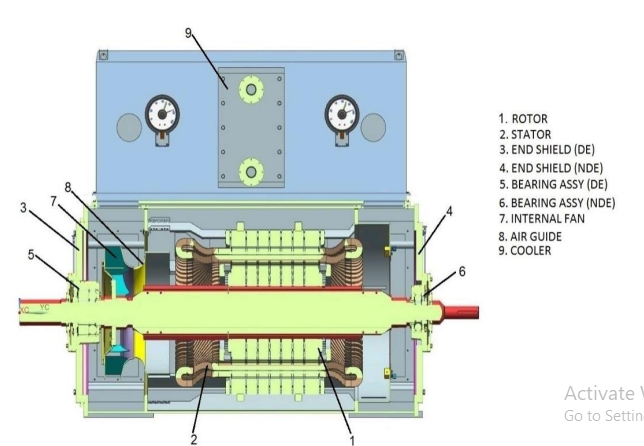Contents
Cement Mill Optimization: Practical Strategies for Enhanced Efficiency and Performance
if you need to download the exact details of this post and all the information on this website + excel sheets tailored for cement industry from expert who is working as a consultant from 37 years buy the book package now
[wpecpp name=”books package + updates ” price=”249.99″ align=”center”]

Introduction:
Cement mills are critical components in the cement manufacturing process, responsible for grinding raw materials into fine powder to produce cement. Optimizing the operation of cement mills is essential to maximize productivity, reduce energy consumption, and improve the quality of the final cement product. In this article, we will delve into practical strategies for cement mill optimization, backed by real-world figures and numbers, to enhance efficiency and performance. We will also highlight important SEO (search engine optimization) friendly keywords to make the article more discoverable and relevant to readers interested in cement mill optimization.
Keyword: Cement mill optimization, efficiency, performance, practical strategies,
Optimize Grinding Process for Higher Productivity:
The grinding process in cement mills consumes a significant amount of energy and has a direct impact on the overall efficiency of the mill. By optimizing the grinding process, cement manufacturers can achieve higher productivity and lower energy consumption. Let’s explore some practical strategies with real-world figures and numbers:
- Adjusting mill parameters: Fine-tuning mill parameters such as mill speed, ball charge, filling ratio, and grinding media size can have a substantial impact on the grinding efficiency of the mill. For example, a 10% increase in mill speed can result in up to 10% higher production rate, while optimizing the ball charge can lead to a 5-10% reduction in energy consumption.
- Monitoring and controlling mill operation: Real-time monitoring and control of mill operation can help identify inefficiencies and take corrective actions. Advanced process control systems, such as mill optimization software, can analyze various operational data and provide recommendations for optimizing mill performance. For instance, using mill optimization software can lead to up to 3% reduction in specific energy consumption and up to 10% increase in production capacity.
- Optimizing ball mill internals: The internal design of the ball mill, including the diaphragms, liners, and grinding media, can also impact the grinding efficiency. Using high-quality grinding media, optimizing the diaphragm design to improve ventilation, and regularly inspecting and replacing worn-out liners can result in up to 15% reduction in specific energy consumption and up to 10% increase in mill throughput.
Keyword: Grinding process, mill parameters, mill operation, ball mill internals, optimization software
Optimize Fuel and Energy Consumption for Cost Savings:
Reducing fuel and energy consumption is crucial for cost savings in cement production. Let’s explore practical strategies with real-world figures and numbers to optimize fuel and energy consumption in cement mills:
- Using alternative fuels: Utilizing alternative fuels, such as biomass, waste materials, and used oils, as a substitute for conventional fossil fuels can result in substantial cost savings. For example, replacing 20% of fossil fuel with alternative fuels can lead to up to 3% reduction in specific energy consumption and up to 15% reduction in fuel costs.
- Implementing energy-efficient technologies: Installing energy-efficient technologies, such as high-efficiency motors, VFDs, and waste heat recovery systems, can significantly reduce energy waste and optimize energy consumption. For instance, using high-efficiency motors and VFDs can result in up to 10% reduction in energy consumption, while implementing waste heat recovery systems can lead to up to 20% reduction in specific energy consumption.
- Conducting regular energy audits: Conducting regular energy audits can help identify energy consumption patterns, inefficiencies, and areas for improvement in cement mills. Based on audit findings, appropriate measures can be taken to optimize fuel and energy consumption. For example, implementing energy-saving opportunities identified through energy audits can result in up to 5% reduction in energy consumption and corresponding cost savings.
Keyword: Alternative fuels, energy-efficient technologies, energy audits, fuel consumption, energy consumption patterns
if you need to download the exact details of this post and all the information on this website + excel sheets tailored for cement industry from expert who is working as a consultant from 37 years buy the book package now
[wpecpp name=”books package + updates ” price=”249.99″ align=”center”]